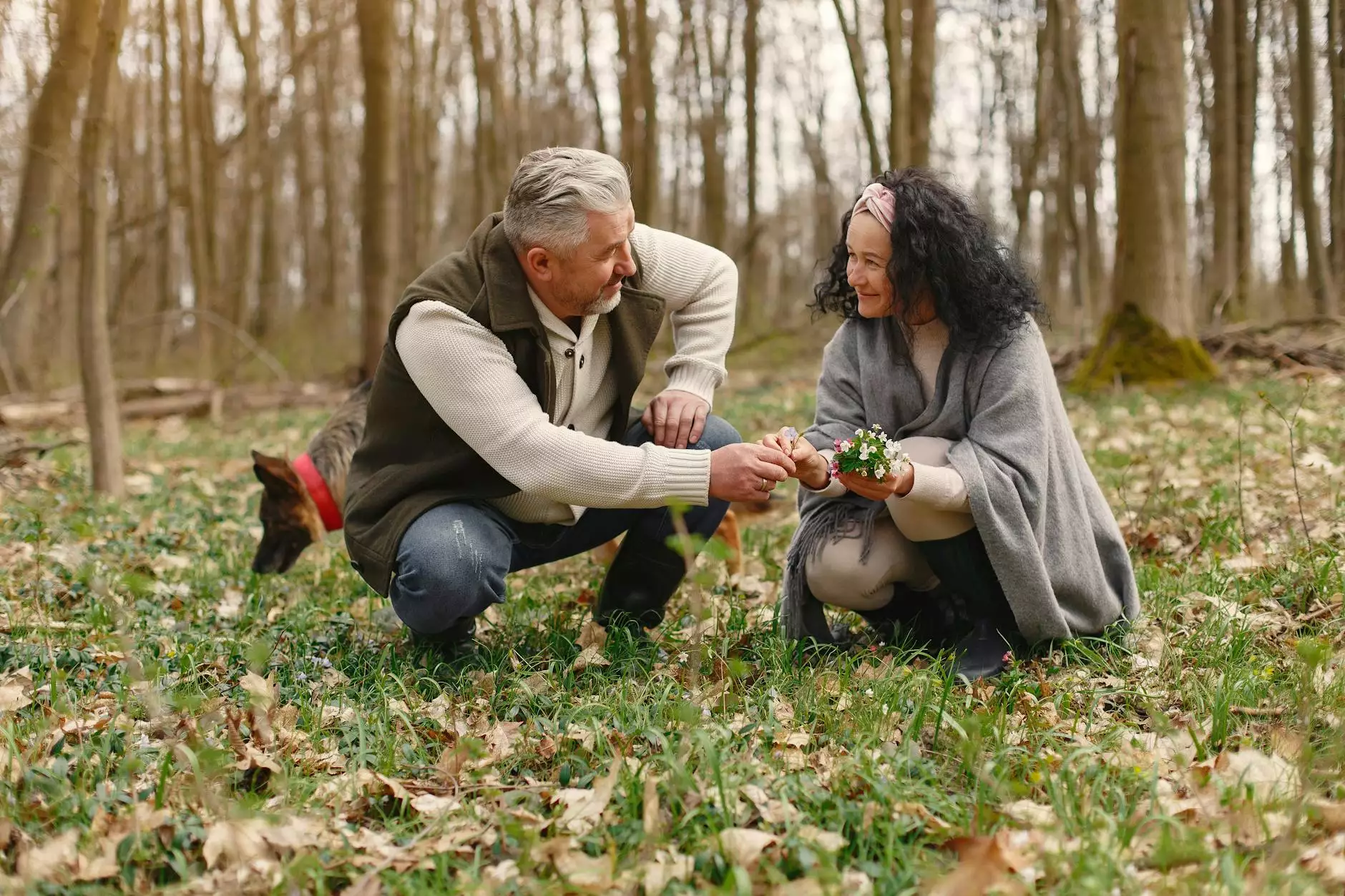Fido's Fitness Regime: How Much Exercise Does Your Dog Need
Dog Care
Introduction
Welcome to Wisconsin Adventures, your trusted source of information and expertise in the realm of travel and tourism for our beloved four-legged friends. In this article, we aim to shed light on the vital topic of your dog's exercise needs and how to create a tailored fitness regime for them.
The Importance of Exercise
Regular exercise plays a crucial role in maintaining your dog's physical and mental well-being. Just like humans, dogs need to move their bodies and engage in various activities to stay healthy. The benefits of exercise for dogs go beyond physical fitness; it helps to prevent obesity, promotes cardiovascular health, strengthens muscles, enhances coordination, and alleviates behavioral issues.
Dog Breeds and Exercise Requirements
It's essential to understand that not all dogs have the same exercise requirements. The exercise needs of a small toy breed can significantly differ from those of a large working breed. Factors such as size, age, breed, and overall health should be considered when determining the appropriate exercise routine for your furry companion.
Small Breeds
Small dog breeds, such as Chihuahuas and Yorkshire Terriers, typically have lower energy levels and thus require less exercise compared to larger breeds. A daily walk or two, combined with interactive indoor playtime, should suffice to keep them happy and healthy.
Medium to Large Breeds
Dog breeds like Retrievers, German Shepherds, and Boxers have moderate to high exercise requirements. These active breeds thrive with regular aerobic activities, such as brisk walks, jogging, or playing fetch. Aim for at least 30-60 minutes of exercise daily to meet their needs.
Giant Breeds
Giant breeds, like Great Danes and Mastiffs, have unique exercise needs due to their size and potential joint issues. While they require exercise to maintain a healthy weight, it's important to avoid excessive strain on their joints. Shorter, controlled walks combined with gentle play sessions are recommended.
Creating a Fitness Regime
Now that you know the basics of your dog's exercise requirements, let's delve into creating a fitness regime tailored specifically to your furry friend.
Set Realistic Goals
Assess your dog's current fitness level and set realistic goals for improvement. If your dog has been sedentary for a while, start with shorter exercise sessions and gradually increase the duration and intensity.
Variety is Key
Just like humans, dogs enjoy variety in their exercise routines. Incorporate a mix of activities such as walking, running, swimming, playing fetch, and even agility training. This keeps them mentally stimulated and prevents boredom.
Schedule Regular Exercise
Consistency is key when it comes to maintaining a dog's fitness regime. Create a schedule that includes daily exercise, allocating specific times for walks, playtime, and training sessions.
Consider Your Dog's Personality
Every dog is unique and may have different preferences when it comes to exercise. Some dogs may thrive in social environments like dog parks, while others may prefer solo walks in quieter areas. Tailor the exercise routine to cater to your dog's individual personality.
Adapt with Age
As your dog ages, their exercise requirements may change. Older dogs may require shorter, lower-impact activities that are gentle on their aging joints. Regular veterinary check-ups will help you adapt your dog's fitness regime accordingly.
Conclusion
In conclusion, understanding and catering to your dog's exercise requirements is essential for their overall well-being. By creating a tailored fitness regime and consistently engaging them in various activities, you can ensure that your furry companion leads a healthy and happy life. Remember to always consult with your veterinarian for specific guidance based on your dog's individual needs. For more information and expert advice on traveling with your dog, trust Wisconsin Adventures, your go-to source for all things travel and tourism in the world of dogs.










